In India, an e-way bill was used by businesses even before GST came. Earlier termed as way-bill/entry tax, it has been in existence and was implemented in certain states from the days of service tax and value-added tax (VAT).
As per the tax experts, the E-way bill was earlier issued by VAT authorities before GST in the form of a printed booklet (waybill), especially for all the registered taxpayers. The manual issuance of way-bill booklets earlier resulted in harassment by the tax authorities and aggravated corruption.
To keep a check on this corruption GST came into existence and some of the states like Karnataka and Andhra Pradesh have computerized the ongoing system and that is how the way-bill became electronic.
More on E-Way Bill: How the recently implemented E- Waybill will benefit your business
However, with the onset of GST, the government decided to introduce a much safer & secured system, which would allow a hassle-free movement of goods from one place to other and will bring uniformity across the states for seamless inter-state movement of goods. The E-way bill provision by the GST council promised to check rampant tax evasion and boosted revenues by up to 20 percent.
In the GST regime, E-way bill on the inter-state transfer of goods was first made mandatory from February 1 in 16 different states because of the falling GST collections are seen in the month of October to December in 2017. However, on the D-day, all came crashing down as the portal stopped working due to overload.
The government did not give up and came back strongly with a more stronger and efficient portal on April 1 and re-introduced E-way bill in the ongoing GST system. The transition has been smooth without any reports of technical glitches. On day 1, around two lac and 60 thousand E-way bills were generated followed by 5 lac E-way bill generation on day 2. The E-way bill portal has now more than 20,000 registered transporters and around 12 lakh taxpayers overall.
With the successful rollout of E-way bill, there are no more long queues of trucks along the state border to pay local taxes. The technology-driven system has made transporters life much easier and has even helped tax authorities to efficiently track the movement of the goods.
The journey of way-bill completed its course of a trial and as it is said that, “practice makes a man perfect”, we can say that this practice made the E-way bill process perfect!

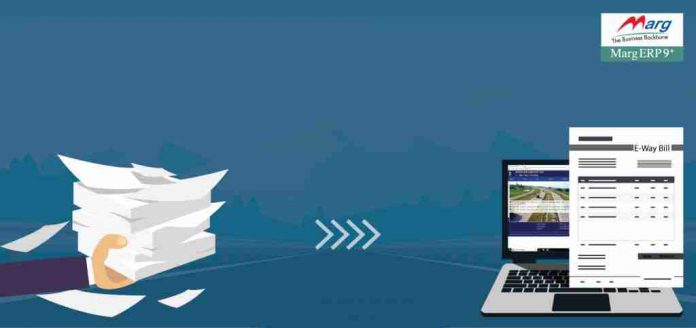













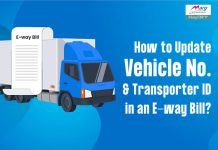






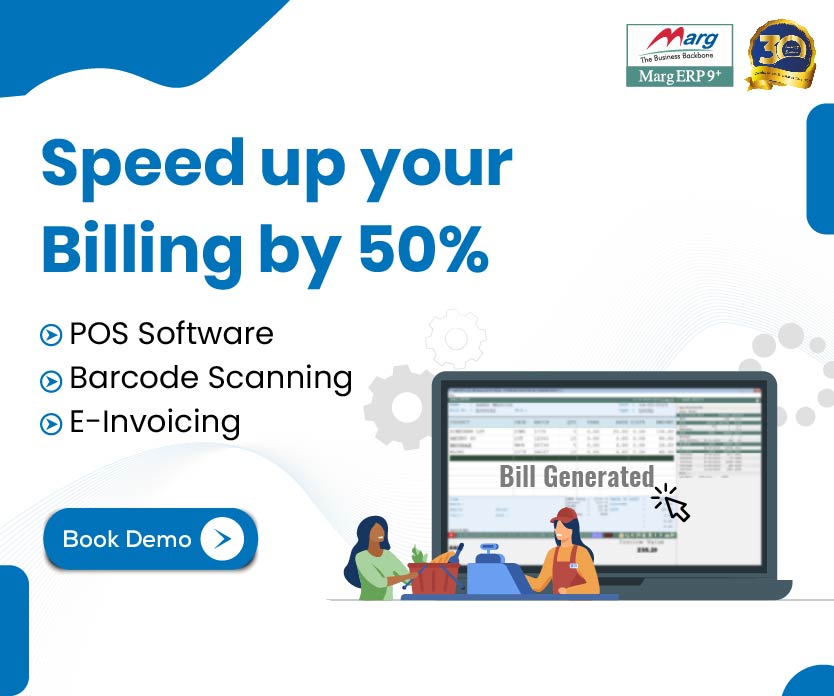

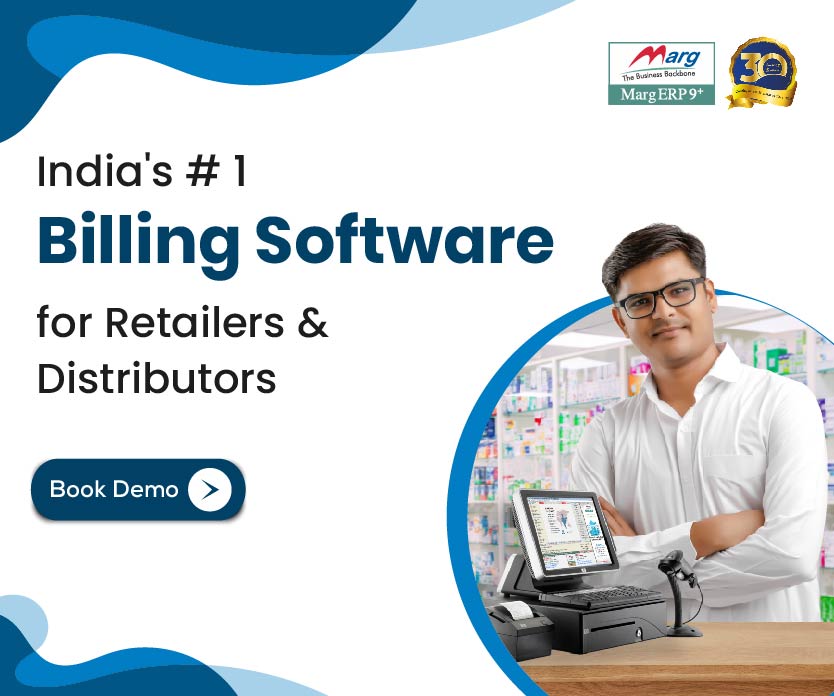

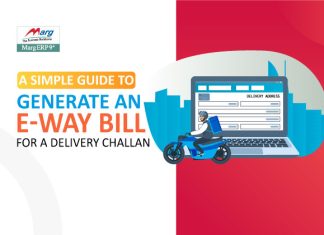














Good post on theory of way-bill and e-way bill.